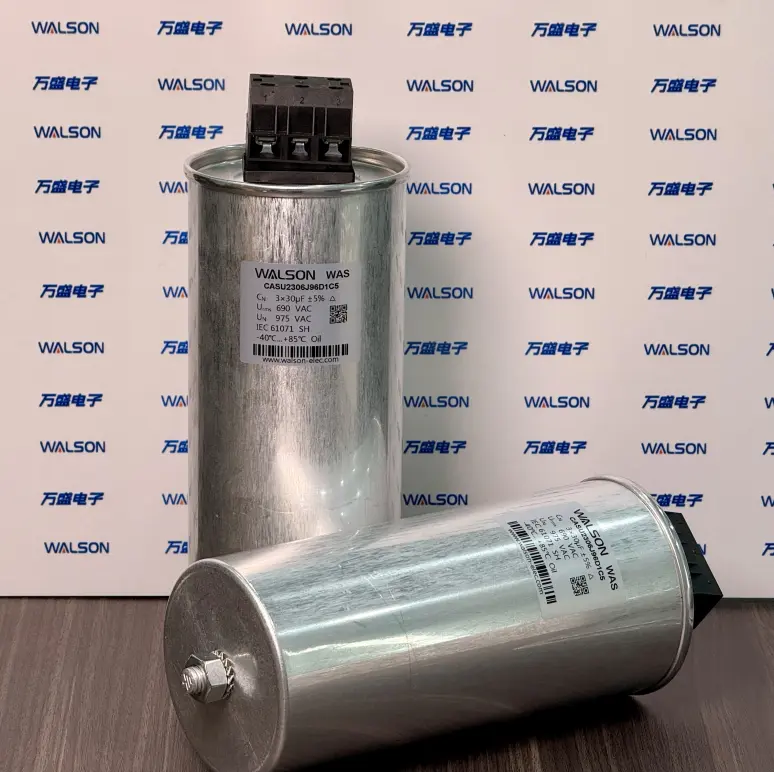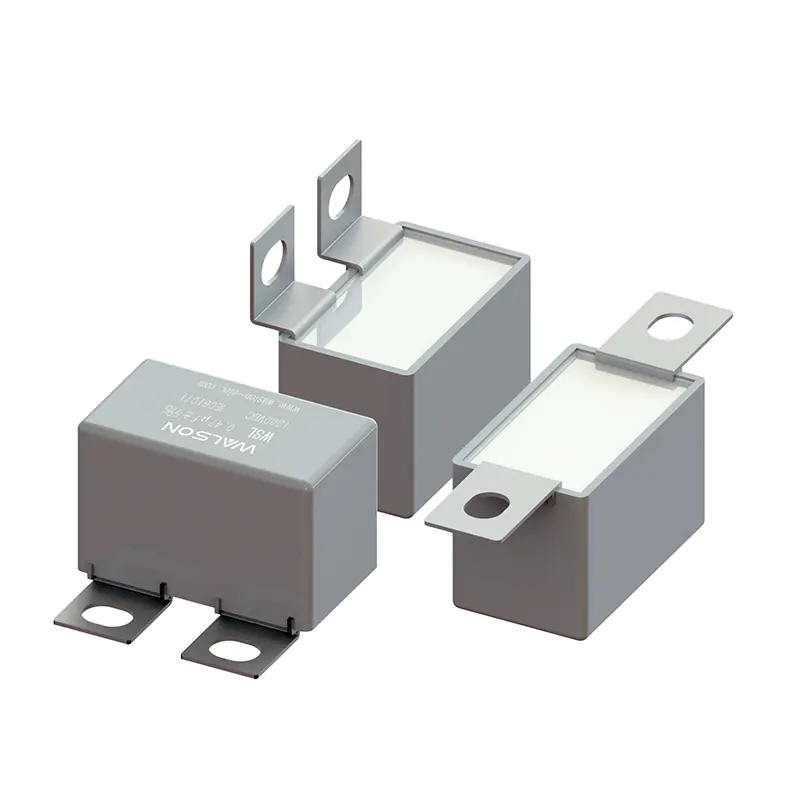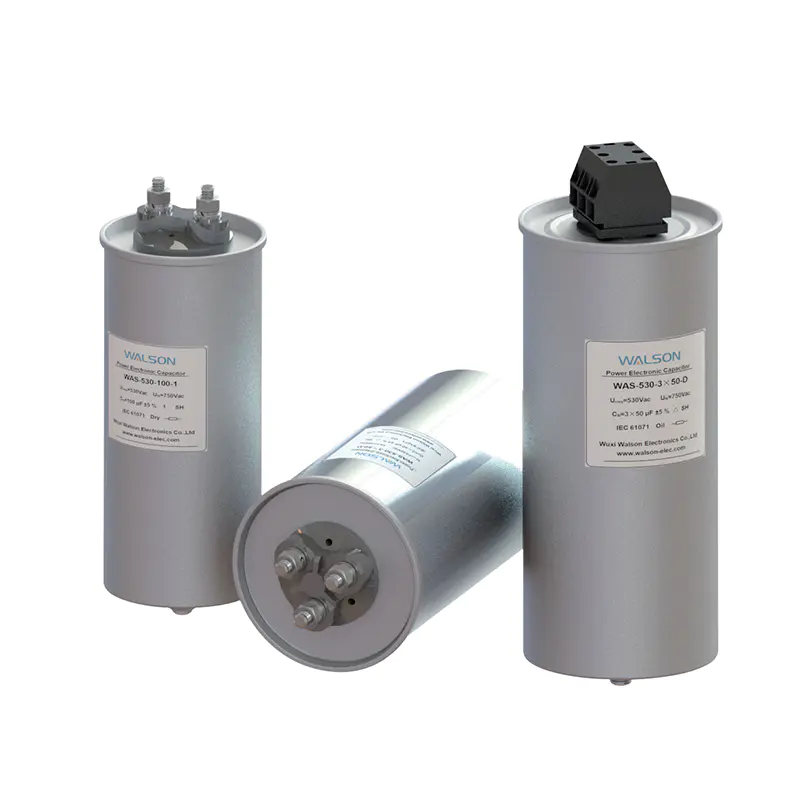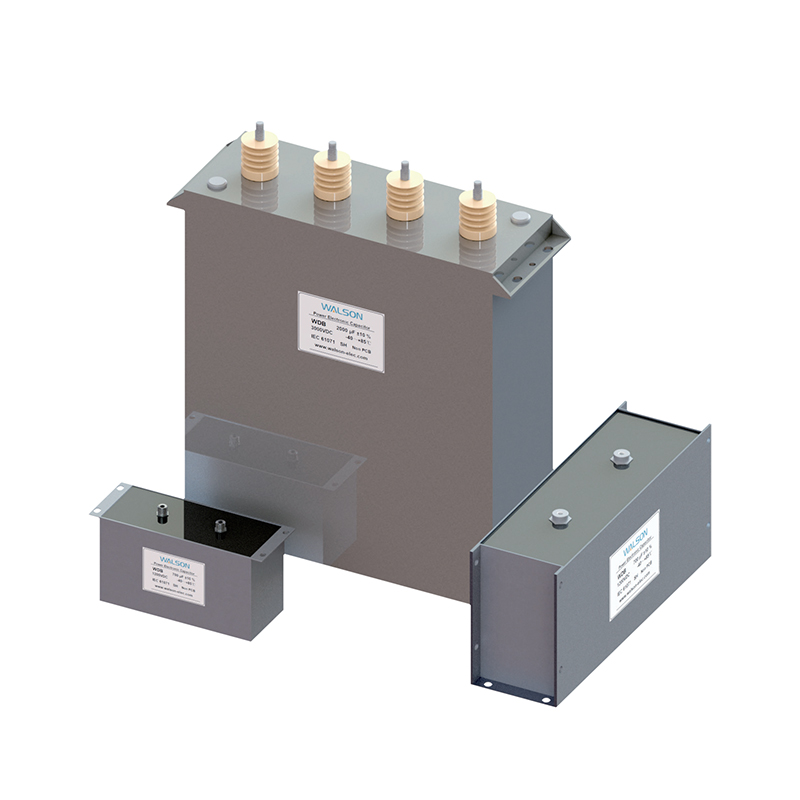- Home
- Products
- Applications
- Capacitors for Household Appliances
- Capacitors for Power Supply
- Capacitors for LED Lighting
- Capacitors for Mobile And DSL Appliances
- Capacitors for Automotive& Vehicles
- Capacitors for Photovoltaic Inverters
- Capacitors for Wind Power Plants
- Capacitors for Renewable Energy Systems
- Capacitors for Induction Heating
- Capacitors for Medical Equipments
- Capacitors for Industrial Control
- Capacitors for Power Electric
- Capacitors for Rail Transit
- Capacitors for Smart Grid
- Capacitors for University & Research Instituite (High Energy Physics)
- About Us
- News
- Contact Us
-
- Capacitors for Household Appliances
- Capacitors for Power Supply
- Capacitors for LED Lighting
- Capacitors for Mobile And DSL Appliances
- Capacitors for Automotive& Vehicles
- Capacitors for Photovoltaic Inverters
- Capacitors for Wind Power Plants
- Capacitors for Renewable Energy Systems
- Capacitors for Induction Heating
- Capacitors for Medical Equipments
- Capacitors for Industrial Control
- Capacitors for Power Electric
- Capacitors for Rail Transit
- Capacitors for Smart Grid
- Capacitors for University & Research Instituite (High Energy Physics)
Web Menu
- Home
- Products
- Applications
- Capacitors for Household Appliances
- Capacitors for Power Supply
- Capacitors for LED Lighting
- Capacitors for Mobile And DSL Appliances
- Capacitors for Automotive& Vehicles
- Capacitors for Photovoltaic Inverters
- Capacitors for Wind Power Plants
- Capacitors for Renewable Energy Systems
- Capacitors for Induction Heating
- Capacitors for Medical Equipments
- Capacitors for Industrial Control
- Capacitors for Power Electric
- Capacitors for Rail Transit
- Capacitors for Smart Grid
- Capacitors for University & Research Instituite (High Energy Physics)
- About Us
- News
- Contact Us
Product Search
Exit Menu
Advantages of Film Capacitors over Electrolytic Capacitors in Power Electronics Applications

Advantages of Film Capacitors over Electrolytic Capacitors in Power Electronics Applications
With the rapid development of power electronics technology, DC-Link capacitors, as critical components in conversion systems, directly impact the efficiency and reliability of the entire system. Traditional electrolytic capacitors are widely used for their high capacitance, but their limitations become apparent under harsh conditions such as high voltage and high ripple current. In contrast, film capacitors, with their superior electrical performance and long lifespan, are increasingly becoming the ideal alternative to electrolytic capacitors.
1. Comparison of Film Capacitors and Electrolytic Capacitors
1.1 Film Capacitors
Film capacitors utilize metallized deposition technology, where a metal layer is vapor-deposited on the film medium to achieve self-healing properties. Their advantages include:
High Voltage Resistance: Capable of withstanding voltage surges up to twice the rated voltage, making them suitable for high-voltage applications.
Low ESR (Equivalent Series Resistance): Enables handling of high ripple currents while minimizing energy loss.
Non-Polar Design: Eliminates concerns about reverse voltage, simplifying circuit design.
Long Lifespan: No electrolyte evaporation issues, with a lifespan exceeding 15 years, ideal for long-term applications in renewable energy.
1.2 Electrolytic Capacitors
Electrolytic capacitors rely on electrolyte as the dielectric, with the following limitations:
Voltage Constraints: Single capacitors typically withstand no more than 450V, requiring series connections for high-voltage applications, which complicates design.
High ESR: Limits ripple current handling and increases heat generation.
Polarity Requirements: Reverse voltage can cause explosions or electrolyte leakage, necessitating additional protective circuits.
Shorter Lifespan: Electrolyte evaporation requires periodic replacement, increasing maintenance costs.
2. Application Scenarios
In renewable energy systems (e.g., wind power, photovoltaic inverters, and electric vehicles), DC-Link capacitors must meet high reliability, high ripple current, and long lifespan requirements. Film capacitors excel in these areas:
High Ripple Current Capability: For example, in electric vehicles, film capacitors can easily handle ripple currents of 150Arms, whereas electrolytic capacitors require multiple parallel units to achieve similar performance.
Overvoltage Tolerance: In rail transportation, film capacitors can withstand instantaneous overvoltages of twice the rated voltage, while electrolytic capacitors need complex series configurations.
Compact Design: Film capacitors can be integrated with busbars, reducing stray inductance and improving system efficiency.
3. Conclusion
With advancements in metallized deposition technology, the cost of film capacitors is gradually decreasing while their performance continues to improve. In power electronics designs requiring high voltage, high ripple current, and long lifespan, the replacement of electrolytic capacitors with film capacitors has become an irreversible trend. This shift not only enhances system reliability but also reduces overall maintenance costs, offering a superior solution for renewable energy and industrial applications.


 简体中文
简体中文 English
English Español
Español




